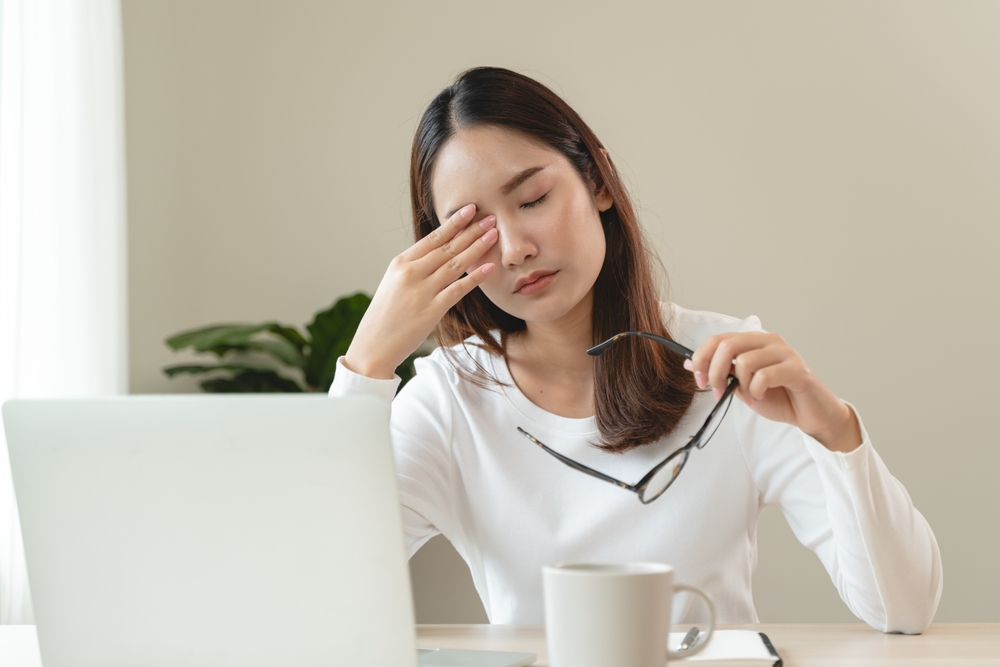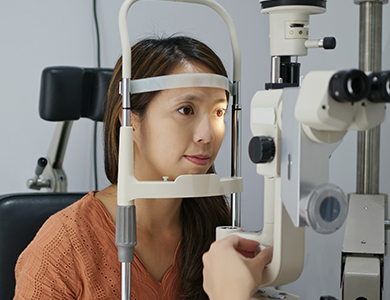Dry, Gritty, Burning Eyes? You Might Have Dry Eye Syndrome

If your eyes often feel dry, irritated, or as if there’s sand trapped in them, you’re not alone. Millions of people experience these symptoms every day, and one of the most common causes is dry eye syndrome. While occasional dryness may be caused by environmental factors, persistent discomfort could mean your eyes aren’t producing enough quality tears to stay healthy and comfortable.
What Is Dry Eye Syndrome?
Dry eye syndrome occurs when your eyes don’t make enough tears or the tears evaporate too quickly. Healthy tears are essential for lubricating the eyes, washing away debris, and protecting against infection. Without adequate tear production or balance, your eyes can become irritated, red, and inflamed.
Common Symptoms of Dry Eye Syndrome
While everyone’s experience is unique, some of the most common signs include:
A gritty, sandy, or burning sensation in the eyes
Redness or inflammation
Excessive tearing
Blurry or fluctuating vision
Sensitivity to light
Discomfort while wearing contact lenses
Causes of Dry Eye Syndrome
Several factors can contribute to dry eye syndrome, including:
Aging (especially over the age of 50)
Meibomian gland dysfunction (MGD), which affects the oil layer of your tears
Blepharitis, an inflammation of the eyelids that can disrupt tear quality
Hormonal changes, such as during menopause
Certain medications, like antihistamines or blood pressure drugs
Long hours of screen use without blinking enough
Environmental conditions like wind, smoke, or dry indoor air
Eye surgeries such as LASIK
Underlying health conditions like autoimmune diseases
When to See Your Eye Doctor
While mild dry eye symptoms may improve with over-the-counter lubricating drops or simple lifestyle adjustments, it’s important to see your eye doctor if discomfort persists. You should schedule an appointment if you experience ongoing dryness despite using artificial tears, increasing redness or burning, blurry or fluctuating vision that interferes with daily activities, a constant sensation that something is stuck in your eye, or difficulty wearing contact lenses due to irritation.
Early diagnosis and treatment are key to preventing symptoms from worsening and protecting your long-term eye health. Dr. Kim can determine the underlying cause of your dry eye and create a personalized treatment plan. This may include prescription eye drops, advanced in-office therapies such as intense pulsed light (IPL) to treat meibomian gland dysfunction, or targeted changes to your daily routine. Addressing the root cause not only relieves discomfort but also helps preserve the quality of your vision.
Take the First Step Toward Clear, Comfortable Vision
Dry, gritty, and burning eyes aren’t something you should ignore. Left untreated, dry eye syndrome can impact your comfort, vision, and quality of life. If you’ve been struggling with these symptoms, professional care can provide relief and help you protect your eyes for the future.
Schedule your dry eye evaluation at Clarifeye Total Eye Care and take the first step toward clear, comfortable vision. Visit our office in Shenandoah, Texas, or call (936) 267-0190 to book an appointment today.


